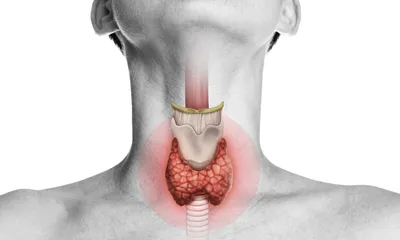Dry skin
-
Description
-
Signs & Symptoms
-
Anatomy
-
Cause
-
Diagnosis
What is Dry Skin?
Dry skin is when the skin’s epidermal layer becomes dehydrated and it does not have the water content needed to maintain a soft and smooth exterior. It develops a rougher texture and may also become whitish or flake, and with instances of severe dry skin, it may even develop cracks in the surface and be overly sensitive or painful to the touch.
Dry skin is also referred to as xeroderma, and it is experienced more often on some parts of the body than others, with the shins, elbows, heels, and tops of the hands being spots where it occurs often. As people age, they become more likely to have issues with dry skin, particularly if they are an older person living in an arid climate.
What Causes Dry Skin?
A lack of moisture in the skin is what causes it to dry out, but why this happens can be the result of any number of different factors. Excessive outdoor or indoor environmental heat, too much bathing or scrubbing, using harsh soaps or detergents, medical skin conditions like eczema or psoriasis, and using certain medications can cause dry skin.
Medical conditions like hypothyroidism (underactive thyroid gland), diabetes, or malnutrition can also be behind what causes dry skin. Some people may have dry skin on their hands because of the type of work they do, and frequently swimming in chlorinated pools can also lead to skin drying out.
Dry Skin Symptoms
When a person has dry skin, it is usually very easy to visually identify it. Dry skin will look different than well-hydrated skin, and the texture of it will be clearly different. Skin flaking or peeling will be signs that skin is becoming especially dry, and if the skin starts to have cracks in it, then it is extremely dry.
Other dry skin symptoms will include:
- Itchiness (pruritus)
- Skin tightness
- Skin thickening
- Skin darkening
- Fine lines
Dry Skin Treatment
The most conventional approach to dry skin treatment is to have the person use skin moisturizer products to reestablish moisture levels in the skin, and for people with severe dry skin that may mean using medicated lotion like Epilyt. If dry skin is occurring as a result of an associated medical condition, then relief from dry skin will come as that condition is addressed with an effective treatment regimen on its own.
Dry skin treatment may also involve limiting exposure to environments causing dry skin or applying skin moisturizer products to a greater extent during times when exposure to these environments is higher. An example can be people who experience more dry skin during wintertime in climates where the air is cold and dry over winter months.
Signs & Symptoms
- Tightness of the skin
- Rough texture
- Flaking or peeling
- Itching
- Redness
- Cracks or fissures
- Gray or ashy skin
- Fine lines or cracks
- Bleeding from cracks
Anatomy
- Epidermis
- Dermis
- Sweat glands
- Sebaceous glands
- Hair follicles
Cause
- Cold or dry weather
- Hot showers or baths
- Harsh soaps or detergents
- Aging
- Dehydration
- Certain medical conditions (e.g., eczema, psoriasis)
- Vitamin deficiencies
- Prolonged sun exposure
- Air conditioning or heating
- Genetics
Diagnosis
- Physical examination
- Medical history review
- Skin biopsy
- Allergy tests
- Blood tests
- Patch testing
- Hormone level tests



